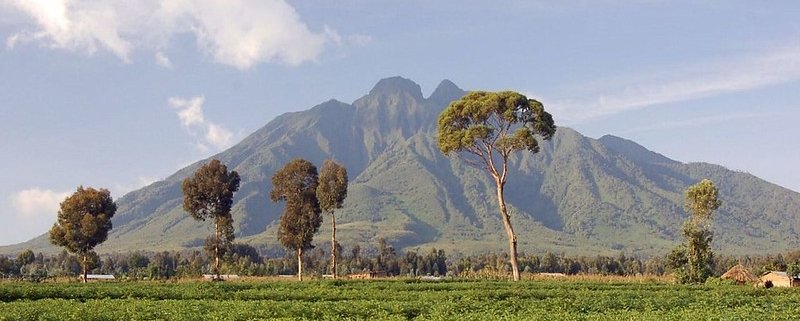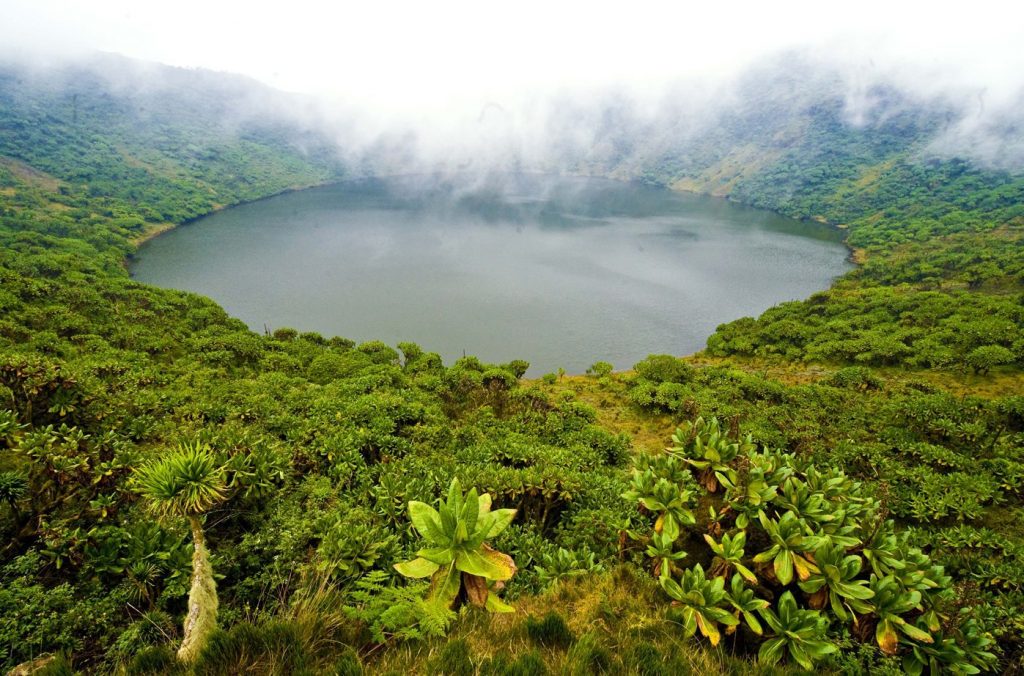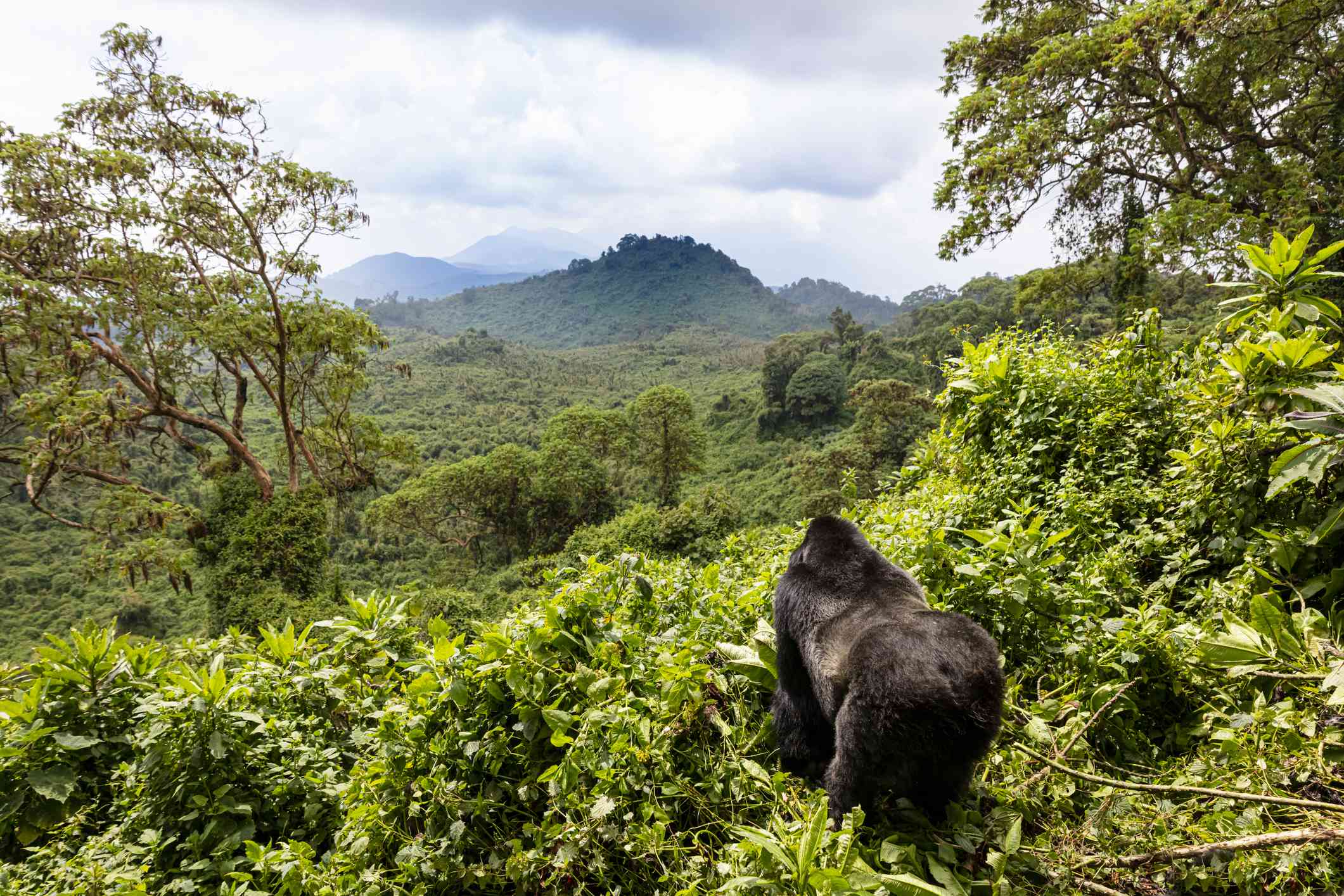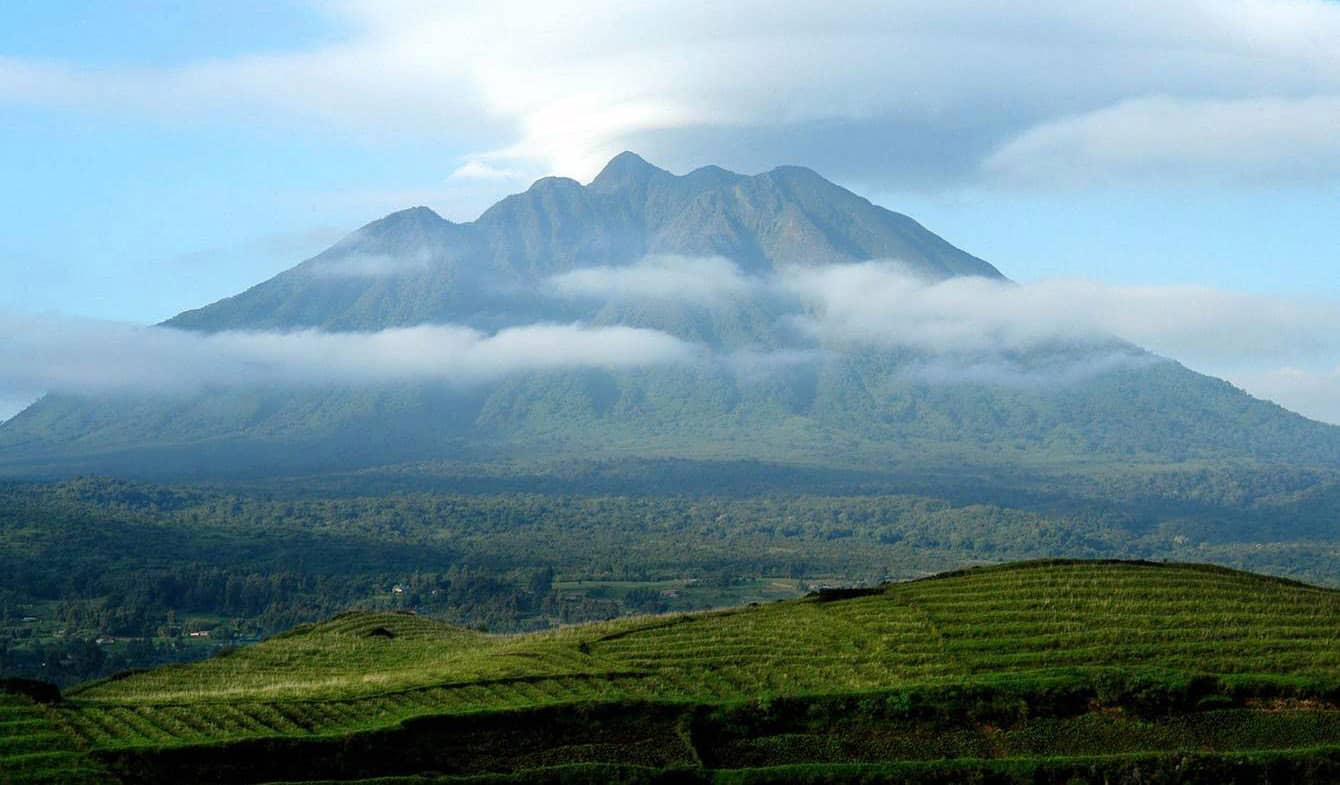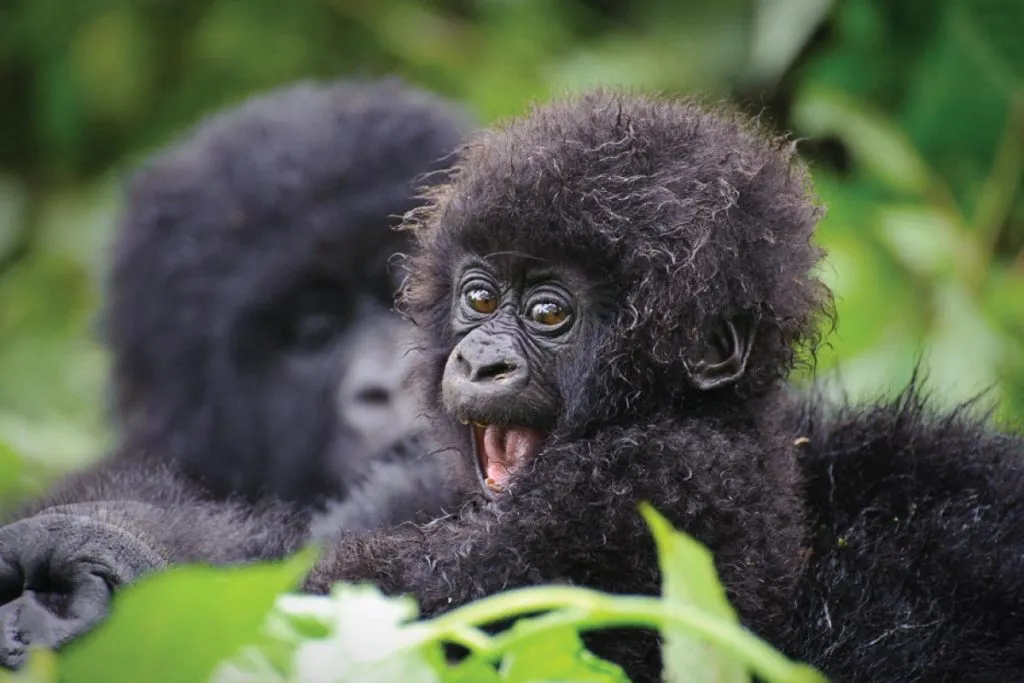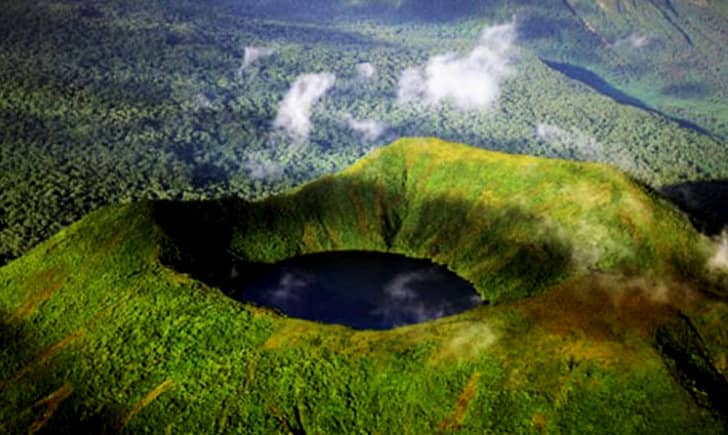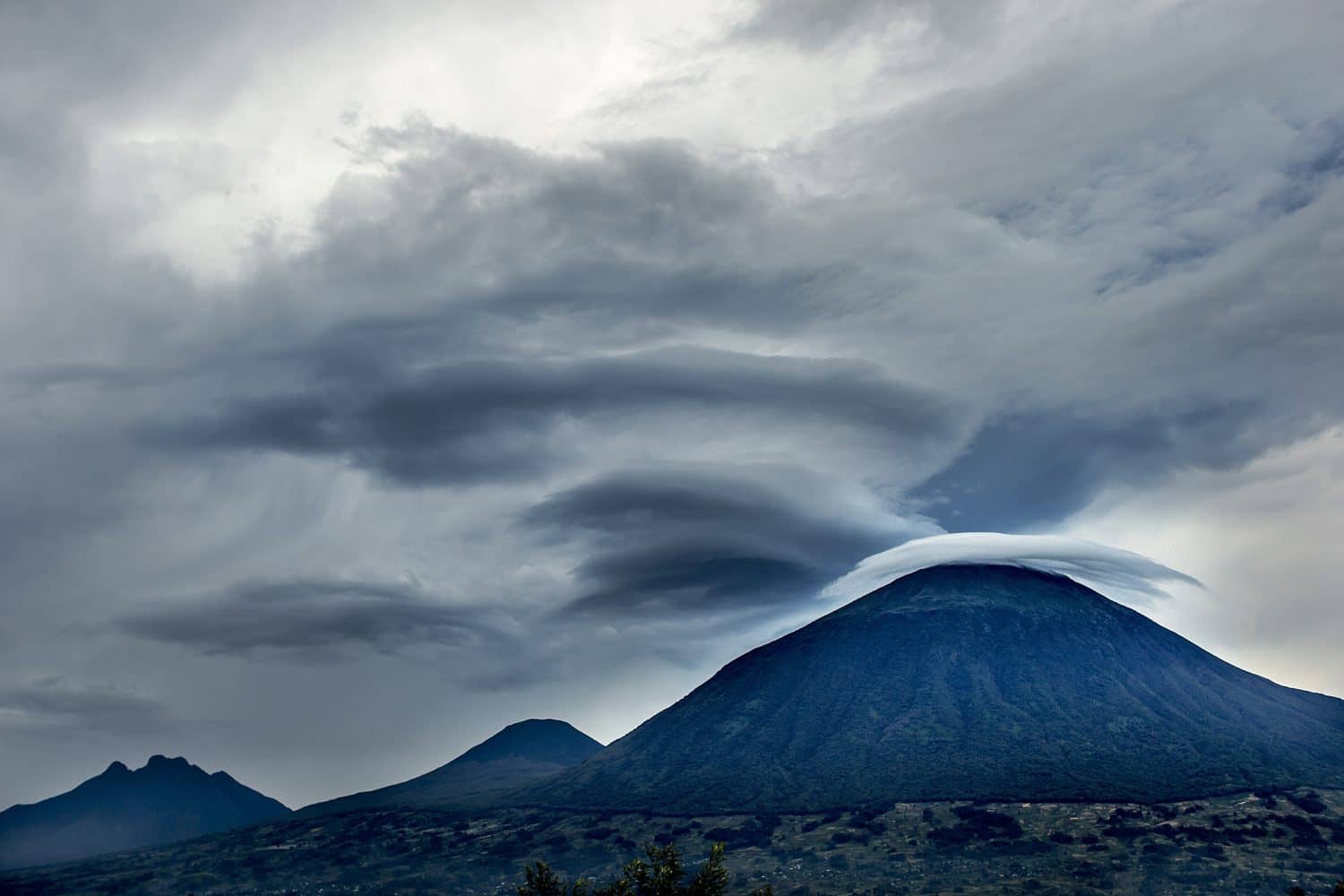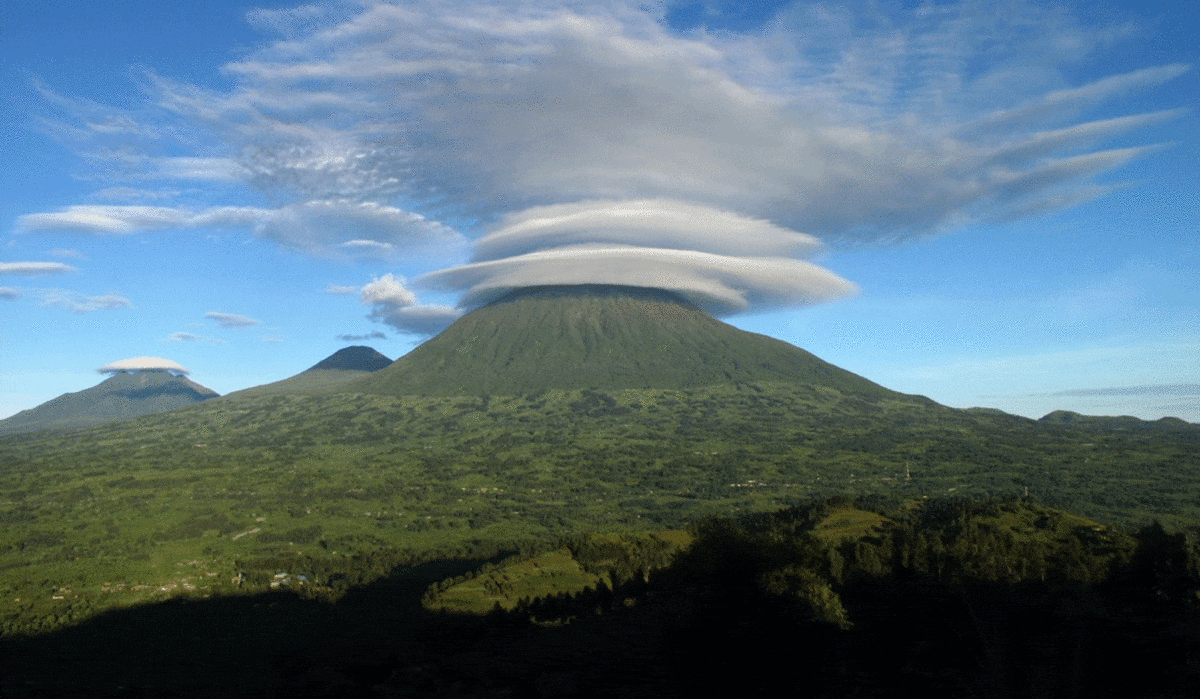Volcanoes National Park
Volcanoes national park

Volcanoes National Park, located in the northwestern part of Rwanda, is one of Africa’s most renowned wildlife reserves, famed for its stunning volcanic landscapes and the critically endangered mountain gorillas that inhabit it. The park forms part of the Virunga Massif, a chain of volcanic mountains straddling the borders of Rwanda, Uganda, and the Democratic Republic of Congo. Established in 1925, Volcanoes National Park is one of Africa’s oldest protected areas and a key site for conservation and research.
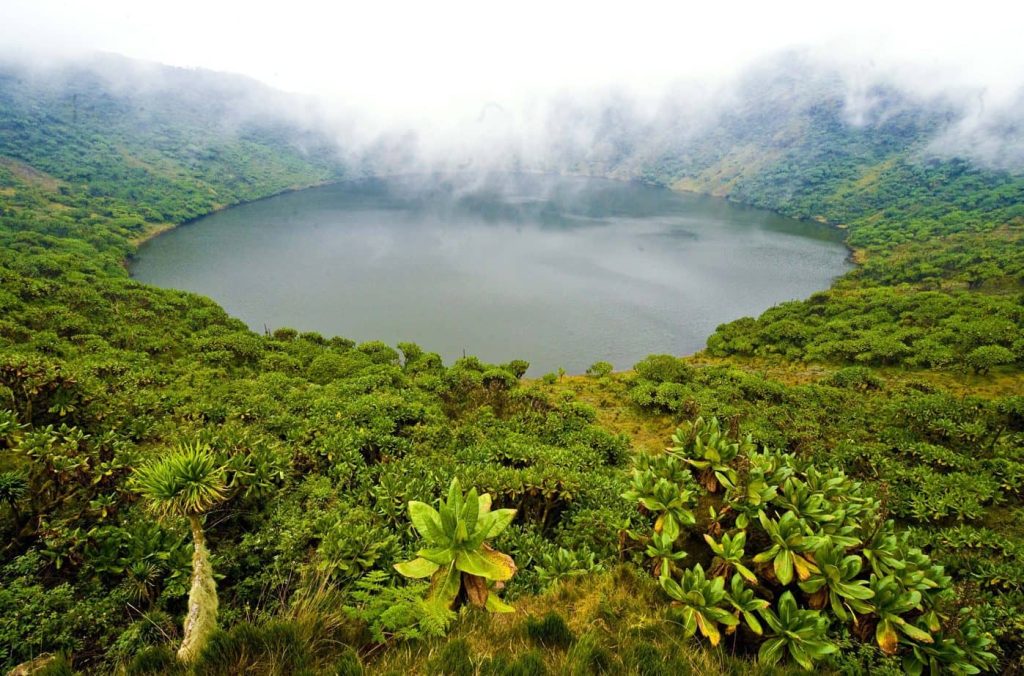
Overview of Mt. Rwenzori National Park:

Volcanoes National Park is a premier destination for wildlife enthusiasts, particularly those interested in gorilla trekking and exploring the unique high-altitude ecosystems of the Virunga Mountains. Its stunning landscapes, rich biodiversity, and ongoing conservation efforts make it a vital area for both ecological preservation and sustainable tourism.
Geological and Geographical Features
- Volcanic Peaks: The park encompasses several prominent volcanoes, including Mount Karisimbi, Mount Bisoke, Mount Muhabura, and Mount Sabyinyo. These volcanoes are part of the Virunga volcanic mountain range, characterized by their high peaks, crater lakes, and rugged terrain.
- Crater Lakes: The park features several crater lakes, such as Lake Bisoke, located within the caldera of Mount Bisoke, which adds to the park’s scenic beauty and biodiversity.
- Vegetation Zones: The park includes diverse vegetation zones ranging from lush montane forests and bamboo groves to alpine heathlands at higher altitudes. This variety of habitats supports a rich array of plant and animal life.
Climate and Weather
- Tropical Mountain Climate: Despite their proximity to the equator, the Rwenzori Mountains experience a temperate climate due to their high altitude. The weather is characterized by high rainfall, with some areas receiving up to 3,000 millimeters (118 inches) of rain annually. This rainfall supports lush vegetation and creates a misty, often ethereal environment.
- Temperature: Temperatures can vary significantly with altitude. At lower elevations, temperatures range from 15°C to 25°C (59°F to 77°F), while at higher elevations, temperatures can drop to near freezing, especially at night. The high altitudes also mean that snow and ice are present on the highest peaks.
Wildlife and Biodiversity
- Mountain Gorillas: Volcanoes National Park is world-renowned for its population of mountain gorillas, with several habituated families available for trekking. These gorillas are critically endangered, and the park is a crucial sanctuary for their conservation.
- Golden Monkeys: The park is also home to golden monkeys, another endangered species found in the bamboo forests of the region.
- Other Primates: Includes vervet monkeys and colobus monkeys, adding to the park’s primate diversity.
- Birdlife: Over 200 bird species have been recorded in the park, including the rare Rwenzori turaco and various high-altitude birds like the purple-swamped and the montane robin.
- Flora: The park’s flora includes montane forests with trees such as eucalyptus and giant tree ferns, bamboo groves, and alpine plants adapted to the cooler high-altitude environment.
Conservation and Research
- Conservation Status: Volcanoes National Park is a UNESCO World Heritage Site, recognized for its outstanding natural value and importance for the conservation of mountain gorillas. The park is part of the larger Virunga Conservation Area, which spans multiple countries.
- Conservation Efforts: The park is actively involved in the protection of mountain gorillas and other wildlife, with ongoing research, anti-poaching measures, and habitat restoration projects. The park’s conservation success has been instrumental in increasing the population of mountain gorillas from fewer than 250 individuals to over 1,000 today.
Tourism and Activities
- Gorilla Trekking: One of the main attractions, where visitors can track and observe mountain gorillas in their natural habitat. Permits are required and must be booked in advance.
- Golden Monkey Trekking: Offers the opportunity to see golden monkeys in the bamboo forests of the park.
- Volcano Hikes: Visitors can embark on hikes to the summit of the park’s volcanoes, such as the challenging trek to Mount Karisimbi or the easier climb to Mount Bisoke.
- Bird Watching: With its diverse bird species, the park is a prime location for bird enthusiasts.
- Cultural Tours: Opportunities to interact with local communities and learn about traditional Rwandan culture and practices.
Accessibility
- Entry Points: The main access point to Volcanoes National Park is the town of Musanze (formerly Ruhengeri), which is approximately 90 kilometers (about 1.5 hours) from Rwanda’s capital, Kigali.
- Transport: Accessible by road from Kigali, with various transportation options including private transfers and organized tours.
Facts about Volcanoes National Park
- Location: Northwestern Rwanda.
- Size: Approximately 160 square kilometers.
- Established: 1925.
- Part of: Virunga Massif.
- Major Volcanoes: Mount Karisimbi, Mount Bisoke, Mount Muhabura, Mount Sabyinyo.
- Notable Feature: Crater lakes such as Lake Bisoke.
- Wildlife: Home to mountain gorillas, golden monkeys, vervet monkeys, and colobus monkeys.
- Bird Species: Over 200, including Rwenzori turaco.
- Flora: Includes montane forests, bamboo groves, and alpine plants.
- Conservation Status: UNESCO World Heritage Site.
- Climate: Cool and wet, temperatures ranging from 7°C to 20°C (45°F to 68°F).
- Activities: Gorilla trekking, golden monkey trekking, volcano hikes, and bird watching.
- Accessibility: Main access via Musanze, about 90 kilometers from Kigali.
Flora & Fauna
Flora:
- Montane Forests
- Bamboo Groves
- Alpine Vegetation
- Crater Lakes Vegetation
Fauna:
- Mountain Gorillas
- Golden Monkeys
- Vervet Monkeys
- Colobus Monkeys
- Rwenzori Turaco
- High-Altitude Birds
- Various Insects
